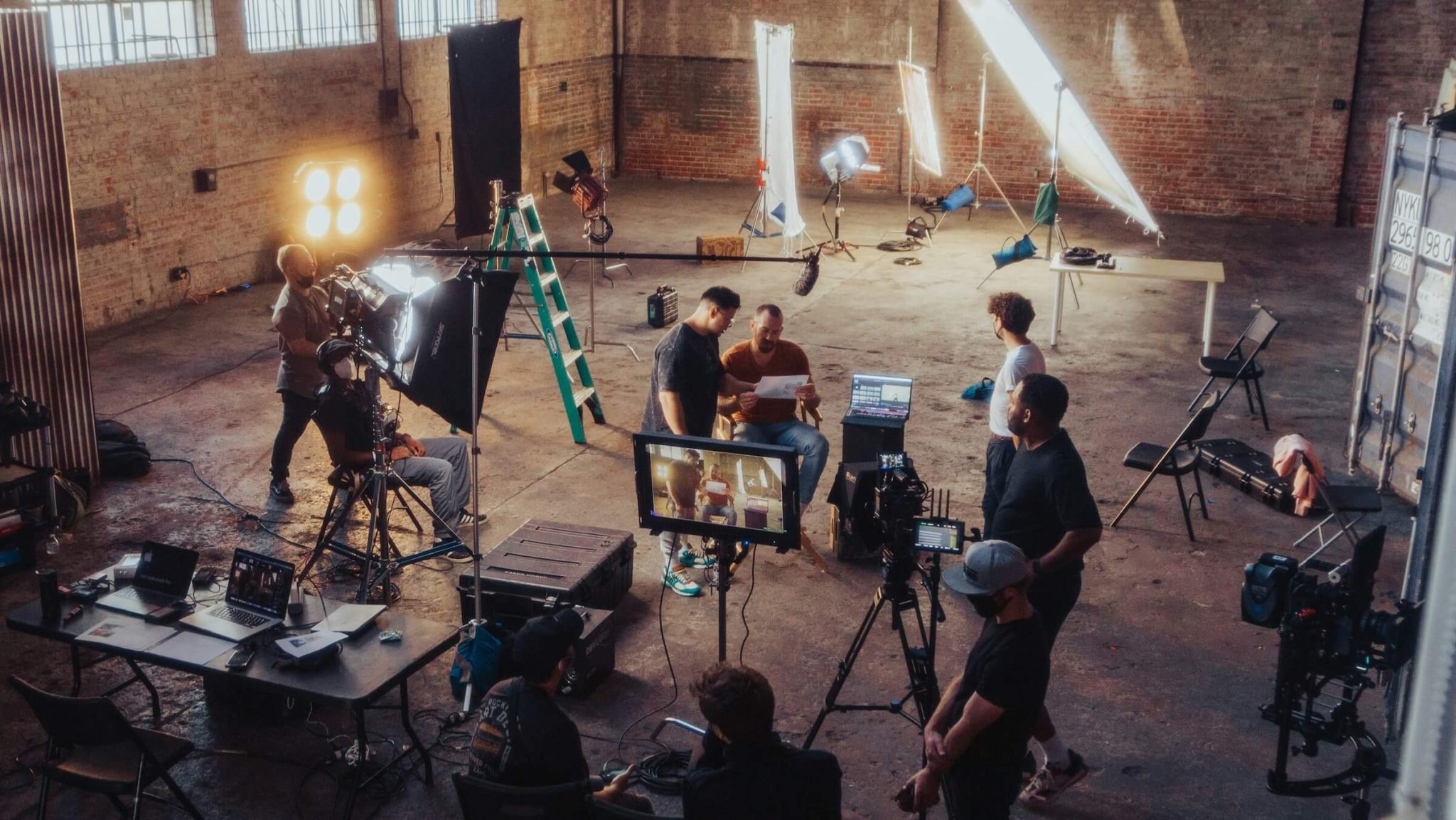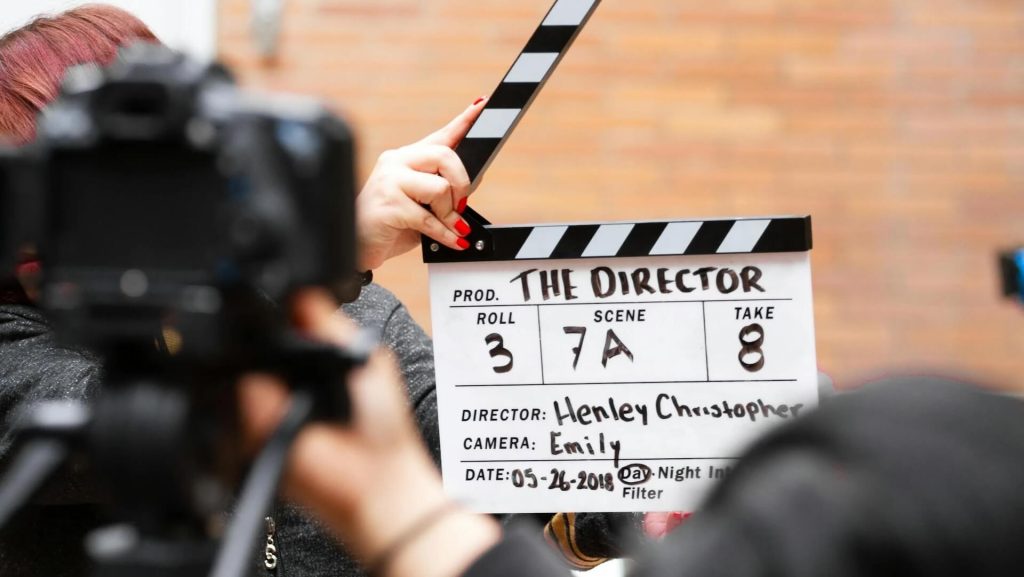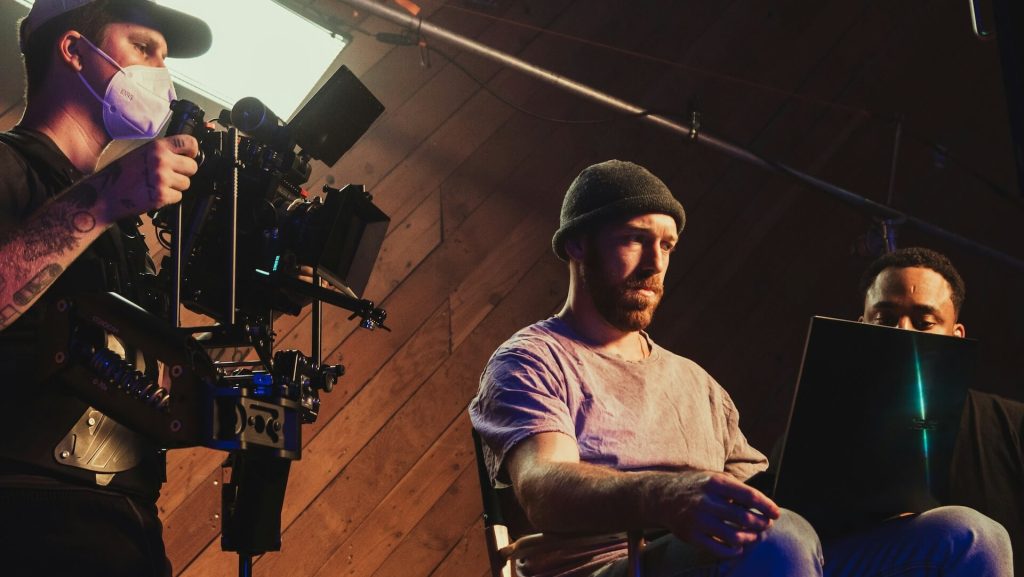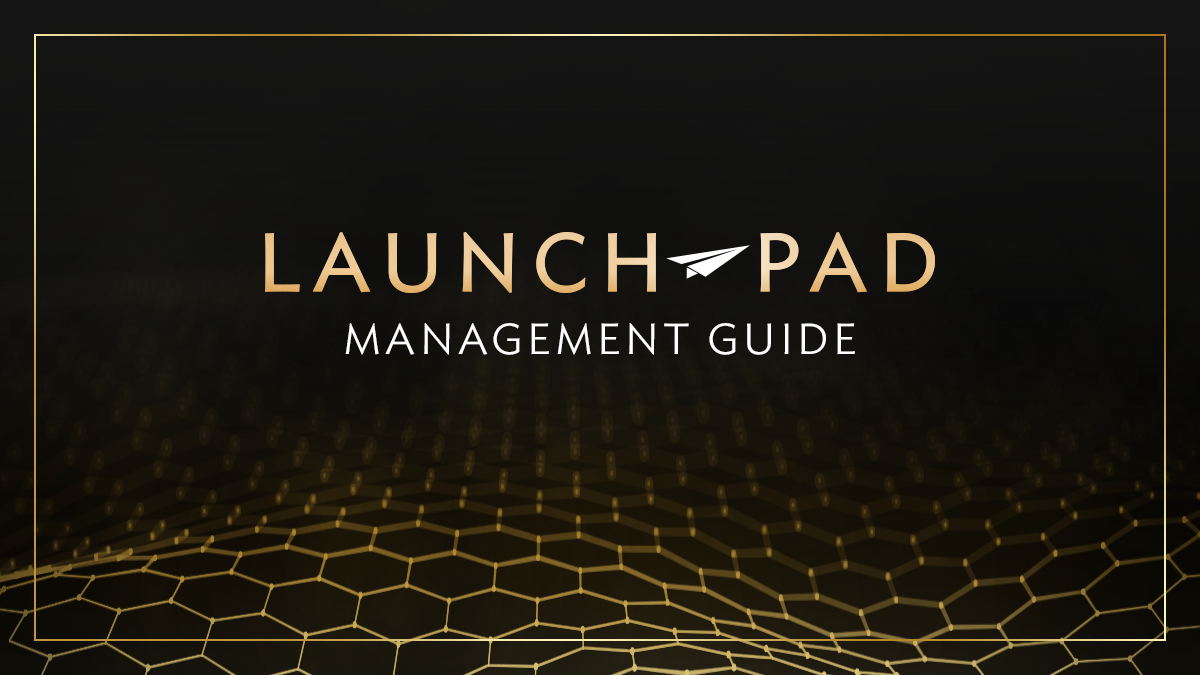
If you were paying attention during last year’s Writers Guild of America strike, you’ll know that one of the big issues facing writers during the streaming age, and the proliferation of development writer’s rooms which are months if not years away from actual production, is that lower level writers are not getting the chance to go on set. To become an upper-level writer, having experience on a set is an essential experience. If writers are not getting that chance, there is no opportunity for them to learn and grow.
In feature films, we call it “being on set” because writers play a less essential role in the writing process. For TV shows, we refer to it as a “covering set,” which highlights the greater importance of writers in TV, where they have more influence than directors.
So what exactly is a writer doing amongst the sets, actors, lights, and oh-so-value craft services? Let’s dig into it…
Read More: You Broke In! Now What? A Screenwriter’s Guide to Crafting a Career
Set Life for Screenwriters
At the most basic level, a writer is there to make sure the soul and intent of the script are maintained for both features as a series.
Notice I didn’t say “to make sure the lines are said correctly.” As much as we’d like to think we are the only ones with the power of words, we are not.
The Collaborative Nature of Production
Actors may want to say things differently, not because they think they know better but because they have taken on the role of a character in their own head and it may differ from yours. More often than not, an invested actor will seek YOU out with their own ideas. Hear them out. If they are good, don’t be precious. If they are bad, make them see the bigger story.
A director may find they can make a narrative point via blocking, a look, and a few words instead of the monologue you crafted. Making stories for any sized screen is a collaborative process. While you and your ideas are at its core, fighting for every exact word isn’t always what’s best… unless you’re Aaron Sorkin or David Mamet and have the clout to make sure everyone does exactly what you want.
As you watch scenes being shot for production and wrap your head around coverage, the most important thing for you is to do the thing only a writer can—hold the entire story in your mind.
Well-crafted dialogue; flowery prose; and great structuring—these are all great tools to have as a screenwriter, but, without doubt, the one thing only you can do is see the entire story as a tapestry in your head. That means when actors want to say something different, a director wants to trim lines in favor of movement, or, more often than not, a line producer sent by the studio to watch every cent and second wants to cut a scene to make sure the day’s schedule is made, it’s on you to speak up when a thread of that tapestry is being pulled.
Navigating Production Challenges
Everyone else is going to be in the moment. They are not going to see that if Character A doesn’t say Line B in Scene C, that the payoff coming in hours or episodes later, won’t work without proper setup. If a piece of information vital to the ongoing narrative is in danger of being cut, that’s when you speak up.
I personally look at all my scripts as being a series of nested arcs or threads. Character threads are important, but an actor should have a say in them, and there is wiggle room to hone things together. But the plot thread is much more sacrosanct because there is more riding on it structurally.
The tone, vibe, genre, and feelings—that’s on the director, and hopefully, you and they have talked about all of that in pre-production.
A Screenwriter’s Job on Set
On a good day, everybody recognizes your genius, and they do what you say. On the more ubiquitous average day, the line producer is going to get their way, the director is going to do what they want, and if you and your lead actor aren’t cool, nothing is going to go well. That means you are also there for damage control.
When a line needs to be changed or cut, and it seems important, there will be a discussion (hopefully). Maybe it’s a quick fix. In comedy, especially sitcoms, alternate takes with different jokes are the norm. If there’s a lot of improv going on, let actors cook, and make sure the plot points and character beats make it into the scene. Otherwise, back off.
That said, if it is something key to the plot and structure, or a character arc, you need to get your hands dirty. If a scene is cut or a line is changed, you need to take whatever important information is lost and find a new home for it.
Does that mean you write a new scene? It does not. It means you have to find a way to edit it into a scene that is scheduled, but has yet to be shot.
This requires coordinating with overseeing producers, the script supervisor, the director, and the AD to make sure everyone knows revision pages are coming in, and that they can all do their jobs. Once you are in production, any changes to the script have to go through multiple departments so everyone knows.
Read More: From Comedy Sketches to Network TV Sitcom Staffer: Screenwriter Success Story
Understanding Your On Set Role
That brings us to a very important factor of being on set—knowing your role and relationships. Not every writer/director dynamic is created equal. Believe it or not, there are directors who show up on a show and do their own thing without really caring about the larger narrative being worked out in the room. There are feature directors who feel that once a script has been handed over to them, a writer has no place on set at all, and you won’t even be there for it. You’ll just have to write ADR lines in post to fix whatever they didn’t get.
Conversely, there are some feature directors who swear by their writers, see them as producing partners, and have them sitting an arm’s length away for the entire shoot. There are TV directors who create shows in conjunction with showrunners because they work so well together. I’m sure you’ve heard it a million times, but relationships are key in this industry.
Every set is different, and, again, features and TV work differently—but there will be a chain of command. When you know you’re going to set, it’s on you to know who is there and what that chain is. Know as many department heads as you can, but your most important contact points are the director, the overseeing producer, the script supervisor, the first AD, and your lead actors.
Remember again, that only YOU can hold the entire story. Everyone else will be looking to make it theirs… which is fine, and you need to be open to that—but know what is sacred. Combine this with the chain of command and who you develop a relationship with, and you will know who to speak to when it is time to speak up… unless you’re Sorkin.
Read More: What’s My First Day as a Staff Writer Going to Be Like?



